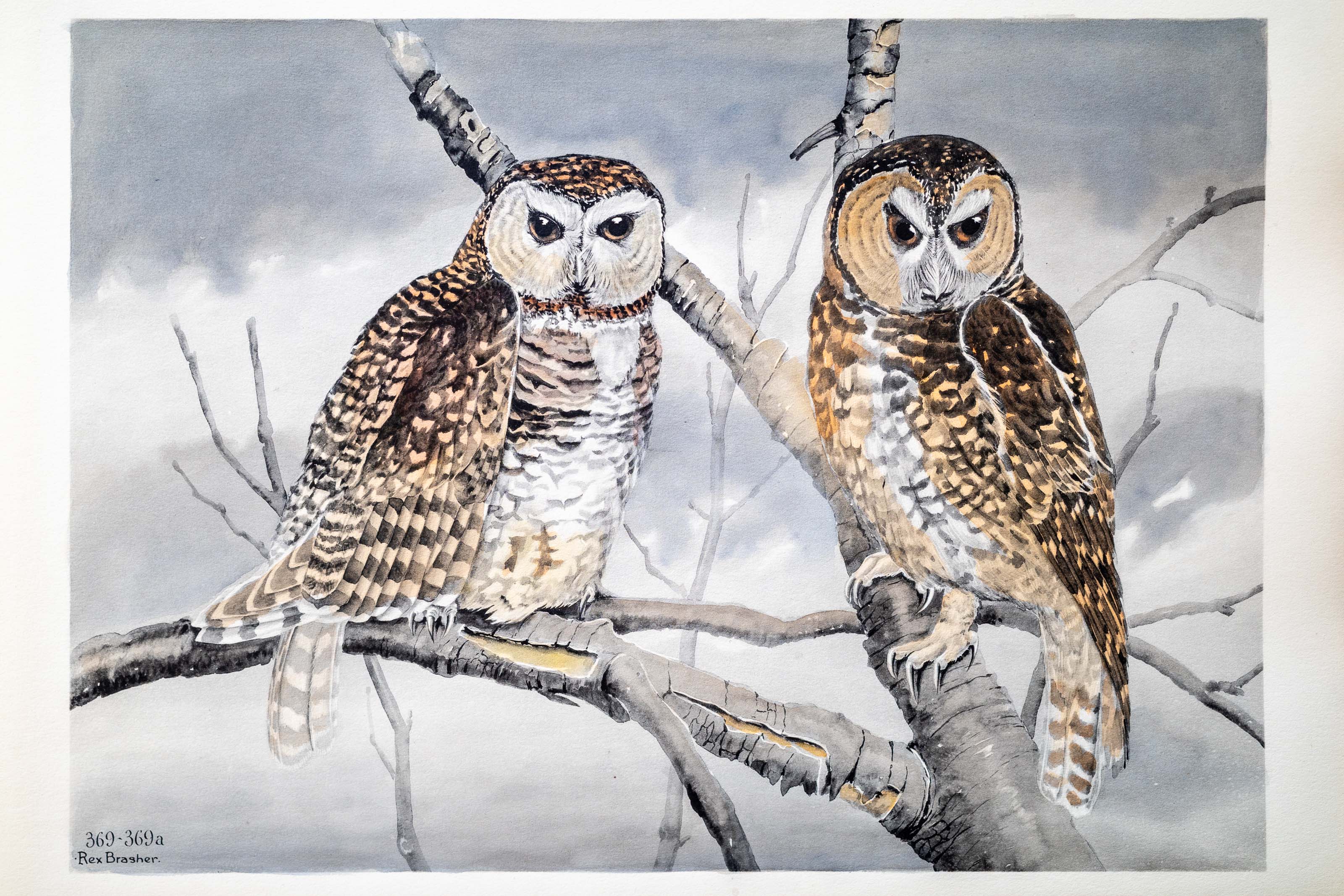
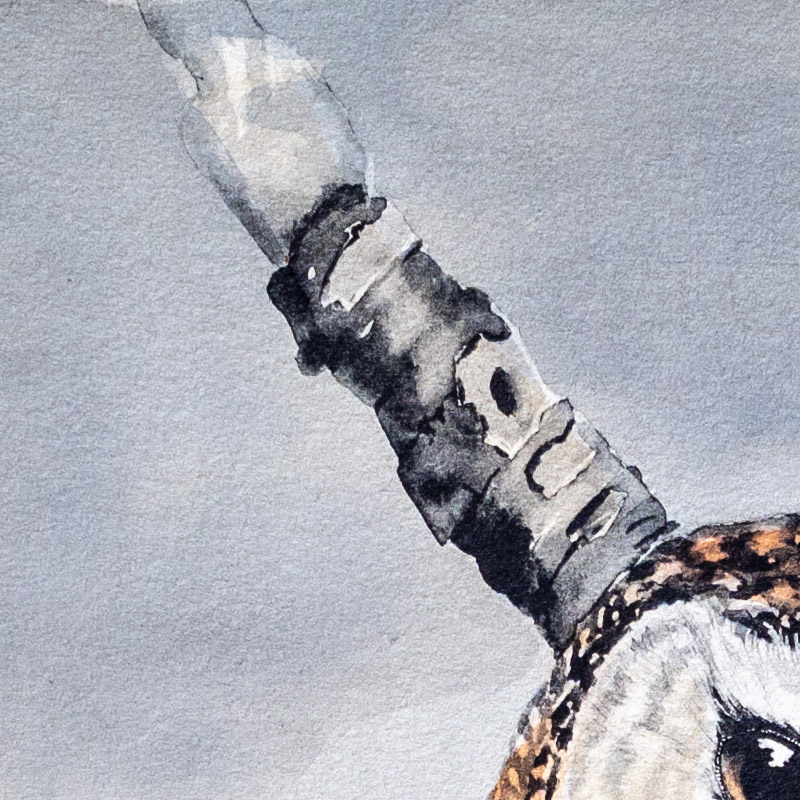
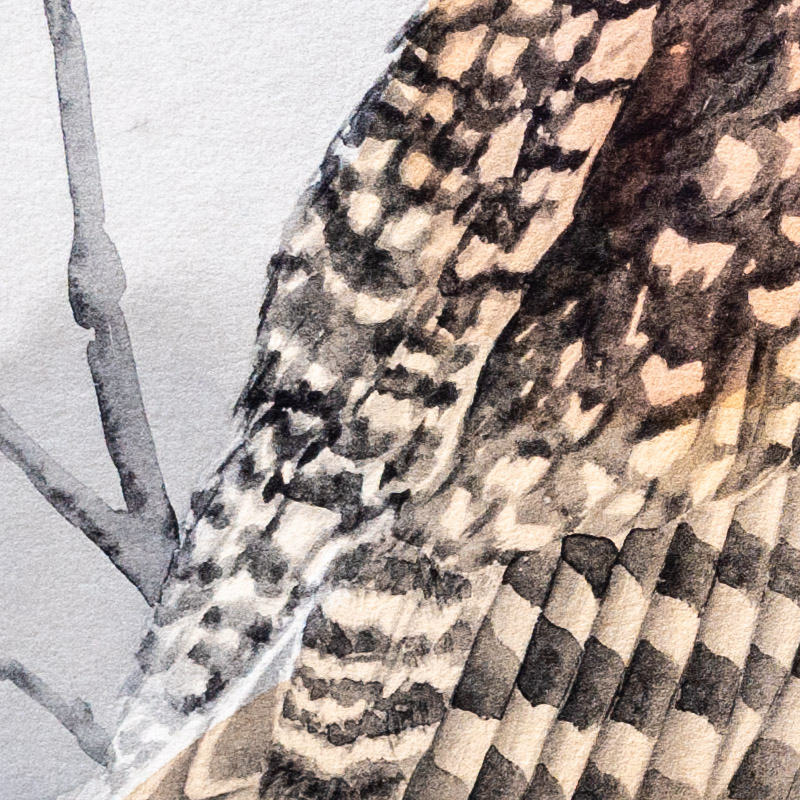

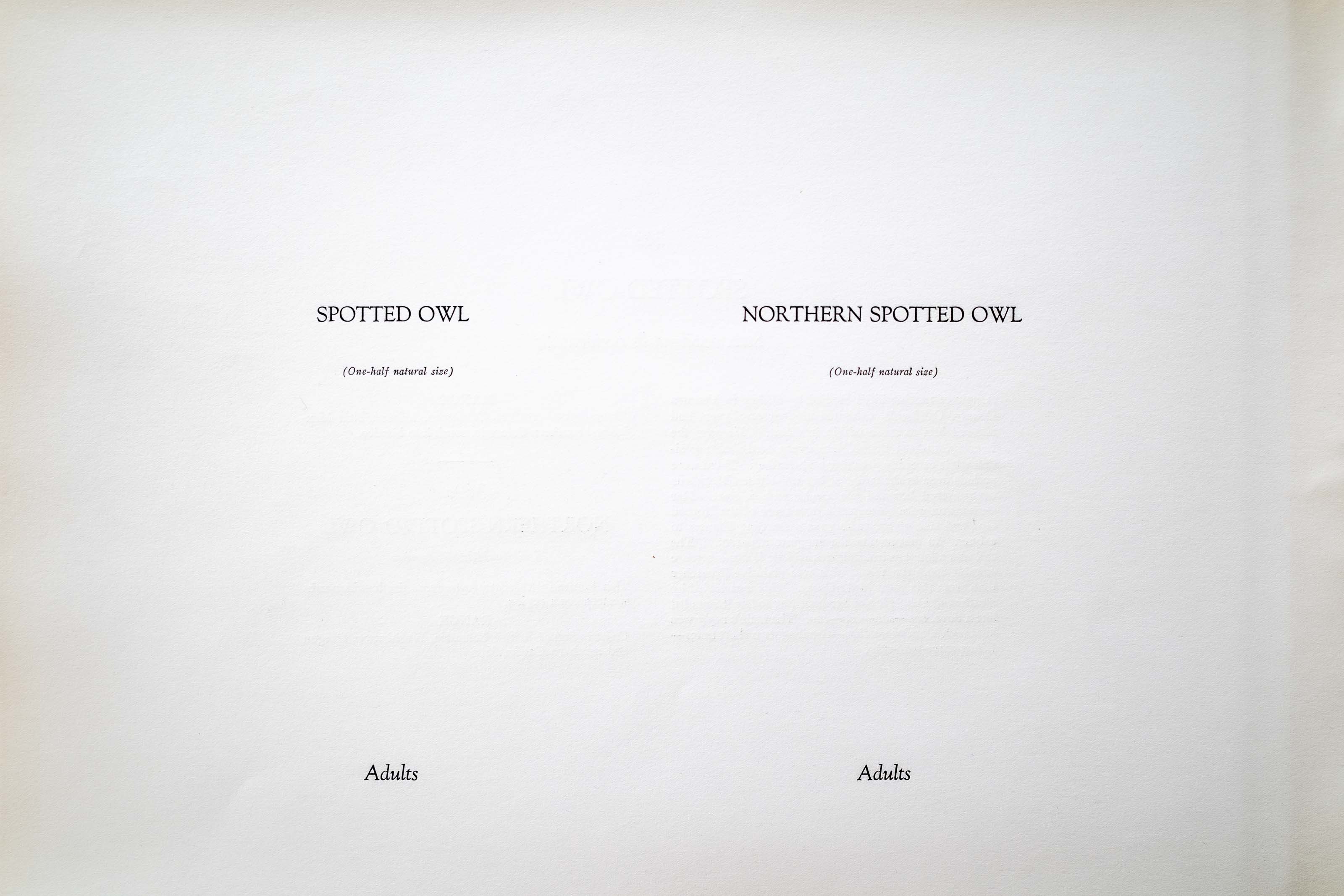
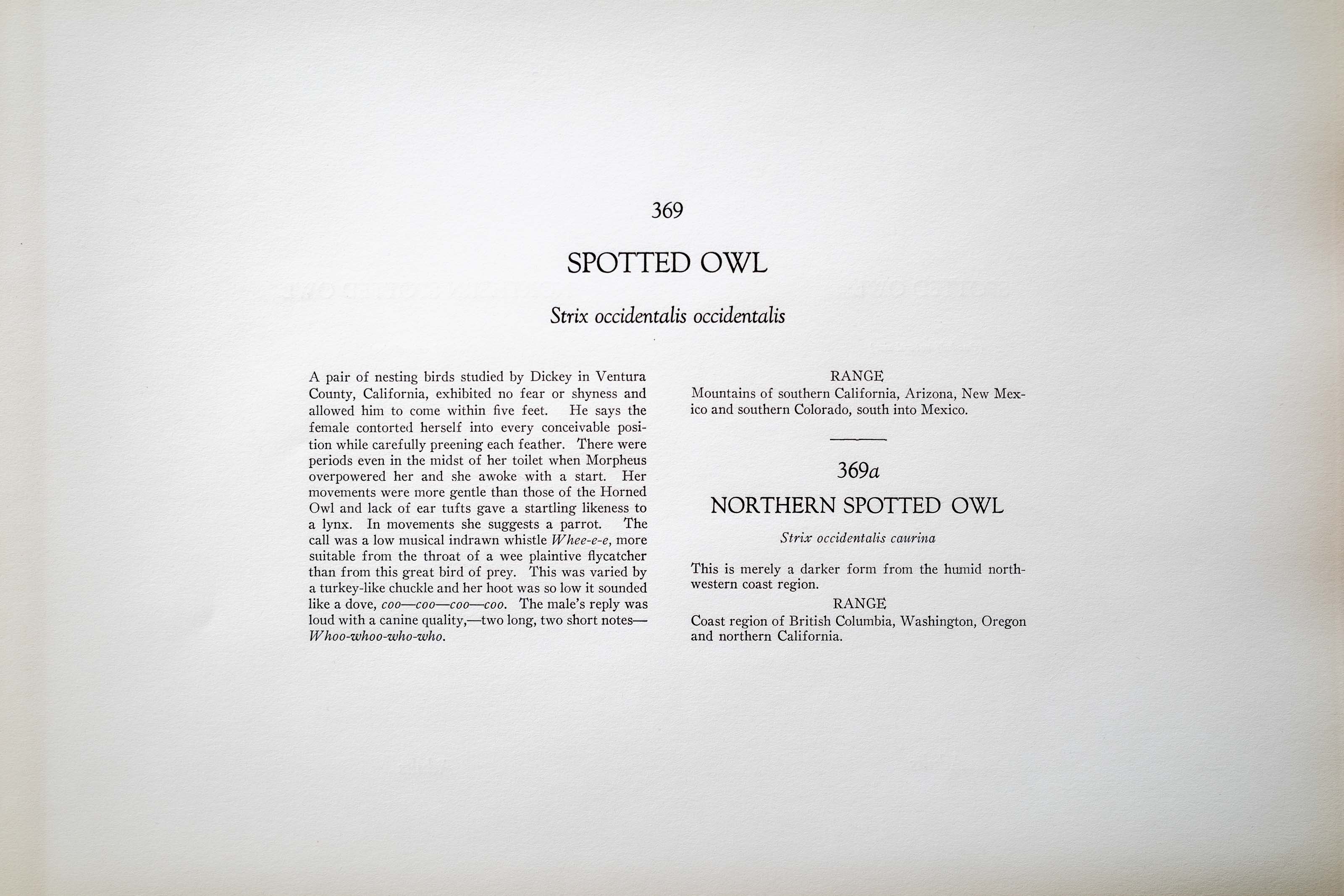

Unknown
1931
6
369-369a
A team of dedicated board members, volunteers, and student interns has published every page in Volume 9. This volume includes 360 images of paintings and lyrical descriptions of birds, now available online for everyone to enjoy anywhere in the world. This is a monumental task. Each volume requires approximately 400 hours to photograph, edit, transcribe, catalog, and publish online. We need your support to complete this work.
If you're tech-savvy, have a good eye, are meticulous with details, and love structured data, please consider volunteering by emailing us at hello@rexbrasher.org.
We encourage all bird lovers and supporters to consider a monetary donation to support our mission to make Rex's work available for everyone. You can provide a one-time or recurring donation online.
A pair of nesting birds studied by Dickey in Ventura County, California, exhibited no fear or shyness and allowed him to come within five feet. He says the female contorted herself into every conceivable position while carefully preening each feather. There were periods even in the midst of her toilet when Morpheus overpowered her and she awoke with a start. Her movements were more gentle than those of the Horned Owl and lack of ear tufts gave a startling likeness to a lynx. In movements she suggests a parrot. The call was a low musical indrawn whistle Whee-e-e, more suitable from the throat of a wee plaintive flycatcher than from this great bird of prey. This was varied by a turkey-like chuckle and her hoot was so low it sounded like a dove, coo — coo — coo — coo. The male's reply was loud with a canine quality, — two long, two short notes — Whoo-whoo-who-who.
Mountains of southern California, Arizona, New Mexico and southern Colorado, south into Mexico.
This is merely a darker form from the humid northwestern coast region.
Coast region of British Columbia, Washington, Oregon and northern California.